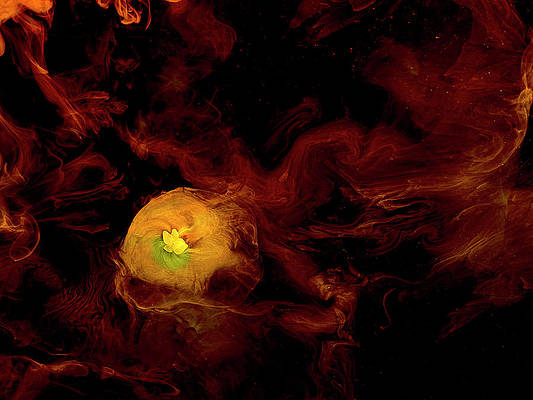Microsoft is diligently crafting the next major Windows OS update, code-named Hudson Valley, expected to revolutionize the Windows user experience. Persisting speculations about whether to dub it “Windows 12” continue as leaks and insights already surface. They shed light on the anticipated features, AI advancements, and the potential release timeline.

The Naming Dilemma
Amidst the anticipation, there is uncertainty surrounding the nomenclature. Originally speculated as “Windows 12,” recent developments suggest Microsoft might adhere to the Windows 11 brand. The strategic decision stems from a desire to avoid further fragmenting the user base, a concern voiced by the new Windows leadership post the departure of ex-Windows lead Panos Panay.
Release Timeline Insights
Insiders reveal that the major Windows OS update is slated for the second half of 2024. Early code and platform testing are already underway in the Windows Insider Canary Channel, offering enthusiasts a sneak peek. The release is anticipated to reach the RTM milestone in April 2024. Windows 11 users can expect the final version to be available by September or October 2024.
Platform Shift: Nickel to Germanium
Diverging from the past, Hudson Valley marks a departure from the Nickel platform release. It is moving to a new Windows platform known as Germanium. This transition necessitates a full OS upgrade, promising a more substantial transformation. This is compared to the incremental changes seen with the previous Windows 11 update.
System Requirements Conundrum
While specific system requirements for Hudson Valley remain undisclosed, there are concerns about potential exclusions. Notably, the heightened requirements for Windows 11 left a significant number of PCs ineligible. Circulating speculations about increased RAM requirements, possibly moving from 4GB to 8GB, await official confirmation.
AI Takes Center Stage
Microsoft’s commitment to AI experiences is a focal point of Hudson Valley. The upcoming release is set to elevate AI functionality, building on Windows 11’s AI camera and microphone effects. The advanced Copilot, an evolution of its predecessor, promises to transform PC activities into searchable memories, enhancing the overall Windows Search experience.
Our Say
As Microsoft steers Windows towards a future dominated by AI capabilities, the user community eagerly awaits the unveiling of Hudson Valley. From object and text recognition within images to translating languages in real-time, the AI-centric features promise a significant leap forward. While concerns persist about hardware compatibility, the evolution of Windows hints at a more intelligent and interactive computing environment.
Windows history is on the brink of a transformative chapter, setting the stage for the release of Hudson Valley. Whether branded as Windows 12 or an extension of Windows 11, it will redefine user interactions, ushering in an era where AI seamlessly integrates into everyday computing tasks.




